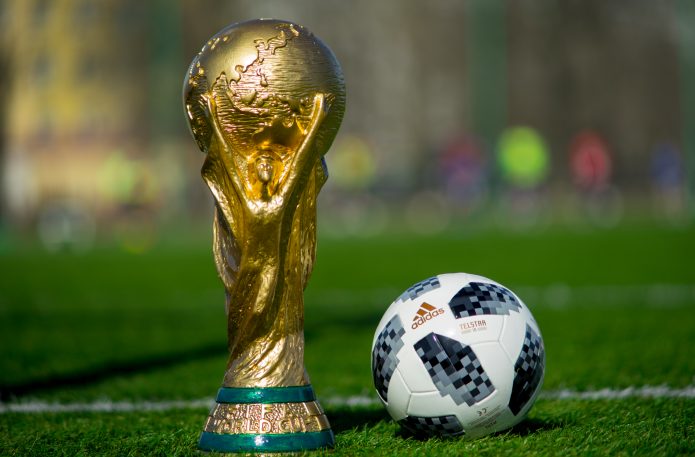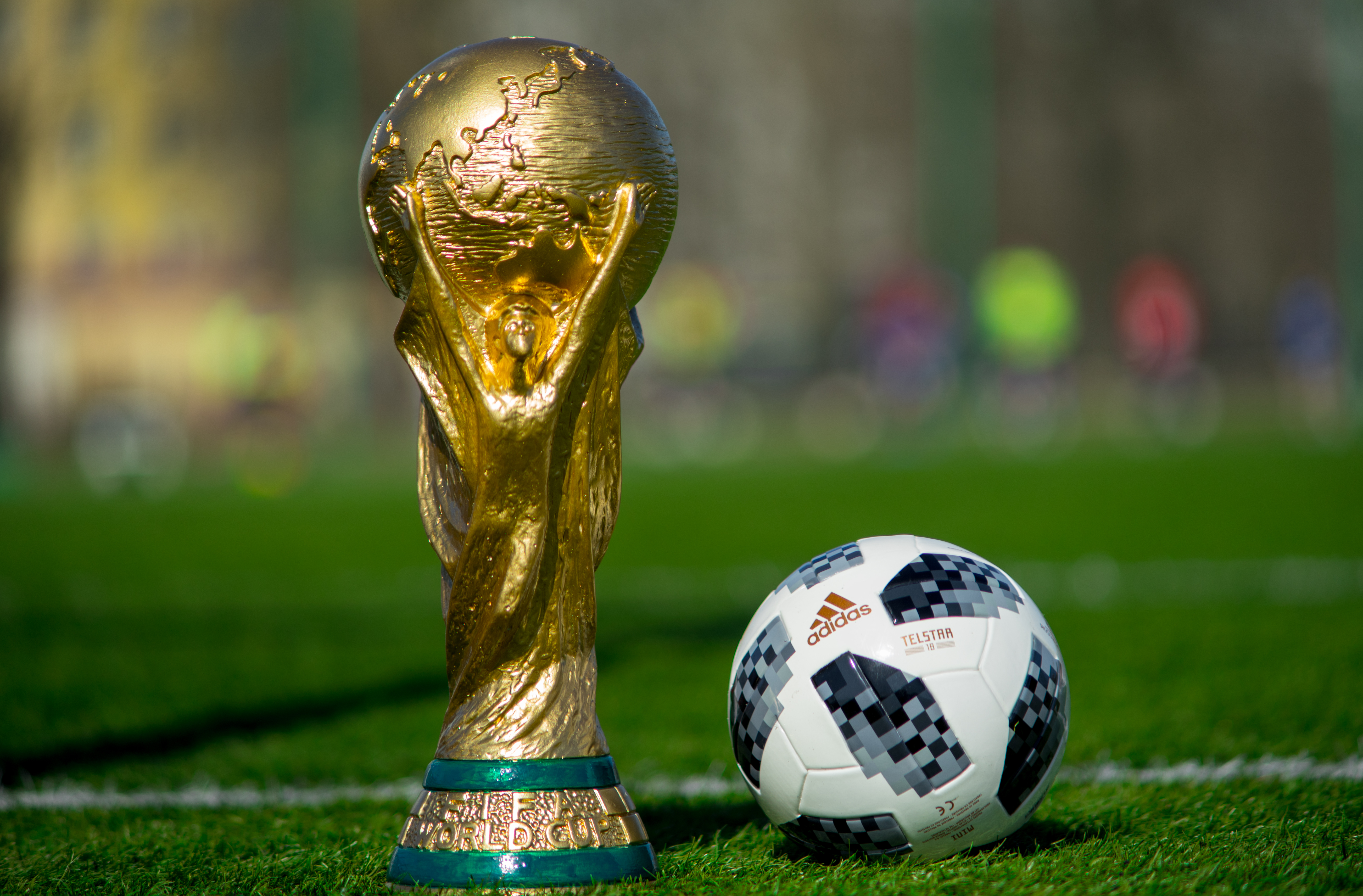
Shutterstock
The FIFA Men’s World Cup kicks off its 21st tournament this month, bringing together 32 nations and their soccer (or, depending on what you call it, football) teams. The tournament is the star event for the world’s most popular sport: more than a billion people tuned in for 2014’s final game between Germany and Argentina. It’s also the showcase for an organization that embodies much of the world’s most persistent inequalities.
FIFA is perhaps best known within the United States for its long-running video game series. A close second claim to fame? The corruption charges brought by U.S. federal prosecutors in 2015. Former Attorney General Loretta Lynch and the Department of Justice indicted 14 FIFA officials for wire fraud, racketeering, and money laundering. The charges represented one of the first times that the organization’s leadership, long accused of corruption, was held accountable for its actions.
More than a dozen individuals made guilty pleas over bribes for World Cup hosting bids, especially related to the 2018 Russia and 2022 Qatar games. The charges also led to the resignation of long-standing FIFA President Sepp Blatter, and the passage of a reform package aimed at hampering corruption.
FIFA execs were also implicated in the Panama Papers. The leaked documents raised questions over current FIFA president Gianni Infantino’s role in selling broadcast rights to murky offshore companies while he helmed the legal division of Europe’s governing football body. The papers also revealed a connection between a member of FIFA’s ethics committee and one of the officials charged with money laundering.
Corruption, as rampant as it might be, is just one of the institutional failings of soccer’s global governing body. FIFA’s marked lack of accountability has also led to labor abuses on a grand scale.
The news outlet Publica exposed the exploitation of workers building the tournament infrastructure ahead of the 2014 World Cup in Brazil. The employees constructing the stadiums — already controversial due to the displacement of low-income Brazilians and the destruction of the Amazon — told reporters of horrific working conditions and inhumane working hours. Workers went on strike at least 10 times to protest for their rights on the job.
Human Rights Watch released a report for the 2018 World Cup in Russia detailing their own documentation of labor abuses. The organization, using evidence from a trade union tasked with monitoring labor conditions, found that at least 17 workers had died while building stadiums for the tournament. In their report, Human Rights Watch also documented wage theft, exploitation of migrant workers, and unsafe working conditions — such as forcing workers to continue on the job outdoors in frigid Russian weather. The Norwegian sports magazine Josimar noted the exploitation of North Korean migrant workers, citing “slave-like” conditions that left one worker dead.
All of these abuses took place as FIFA promised — for the first time — to take an active hand in overseeing the conditions for the workers building the stadiums for their games. FIFA, in response to Human Rights Watch, announced that their monitoring system helped improve working conditions on the site. The report emphatically shows otherwise.
The abuses continue to grow for the 2022 World Cup in Qatar. Nepalese and Indian migrant workers face particularly grueling working conditions, with some reportsclaiming that hundreds of migrant workers die each year on the job. Multinational corporations contracted to do the construction work exploit the Qatari migrant worker employment system for their gain, and fail to provide wages and exit visas for the workers they hire.
Just as in Russia, these violations are happening under the eye of FIFA’s monitoring system. The tournament has already been moved into the winter season due to Qatar’s hot climate; why, then, are these laborers forced to work in the arid summers?
All of FIFA’s corruption and exploitation take place with the support of sponsor corporations that pay millions of dollars to have their name appear on the advertising boards around the fields. For example, McDonald’s pays between $10 to $25 million a year for its position in the second tier of FIFA sponsors.
But companies like the fast food giant often lack the leeway to hold FIFA to account given their own troubling labor histories. Instead of dropping that cash on a tournament, for example, McDonald’s could choose to raise their own workers’ wages— especially as the company’s failure to provide a $1 an hour wage increase promised in 2015 makes its way back into the news.
Despite FIFA’s toxicity, the World Cup is not only one of the most viewed events around the world, but also one of the most compelling. But as audiences spend the month basking in the globe’s greatest sporting competition, they should also remember the unnecessary costs of the tournament. It’s time to fix FIFA — before the beautiful game is further tarnished by the ugliest exploitation.
